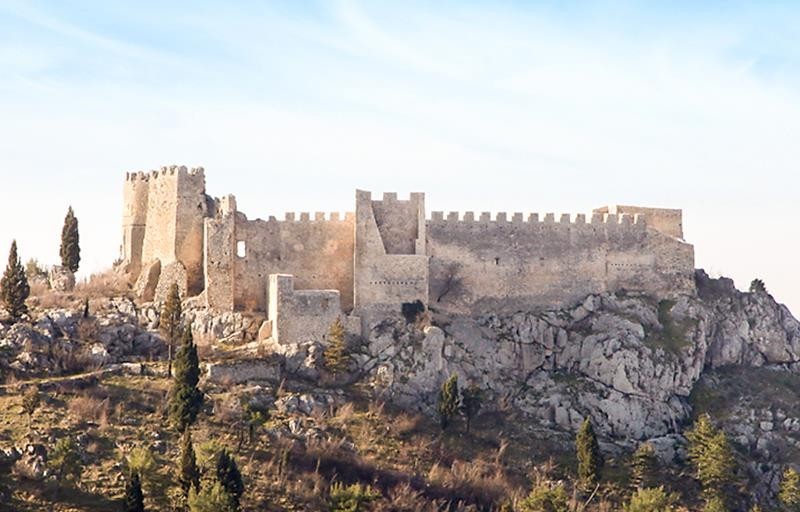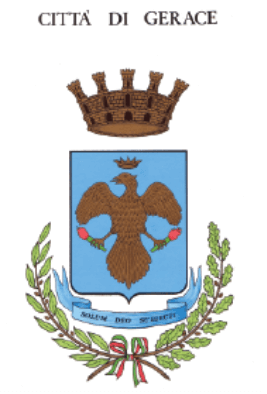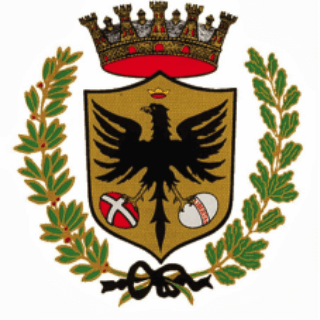
The old town of Blagaj or Stjepan-grad was built on the most prominent place of a high and difficult to access karst hill, at 310 m above sea level and above the source of the river Buna from which it is 266 m. Blagaj fortress is situated on naturally flat terrain, west and north sides. In the second half of the 20th century, the city was systematically explored. About 1000 m2 of area was explored, which is slightly more than one third of the area surrounded by city walls. It has been established that the area of the Old Town of Blagaj was continuously inhabited from the Iron Age until 1835, when the Turks abandoned it. In Blagaj sat the prince of Hum, Miroslav, Nemanja's brother, during whose time the Church of St. Cosmas and Damian. A plaque with a Cyrillic inscription, which was found in 1912 near the ruins of the old Bišće castle and the Vrači site, speaks of the construction of the church. In 1326, the Bosnian ban Stjepan II Kotromanić included this area in the Bosnian state for the first time. The Ottomans captured Blagaj in 1465, and as early as 1473 the Blagaj kadi is mentioned. The city was repaired twice: in 1699, when the western tower was repaired, and then in 1827. The crew stayed here until 1835. By the decision of the Commission to Preserve National Monuments of BiH, the architectural ensemble STJEPAN GRAD U BLAGAJ was declared a National Monument of Bosnia and Herzegovina.





